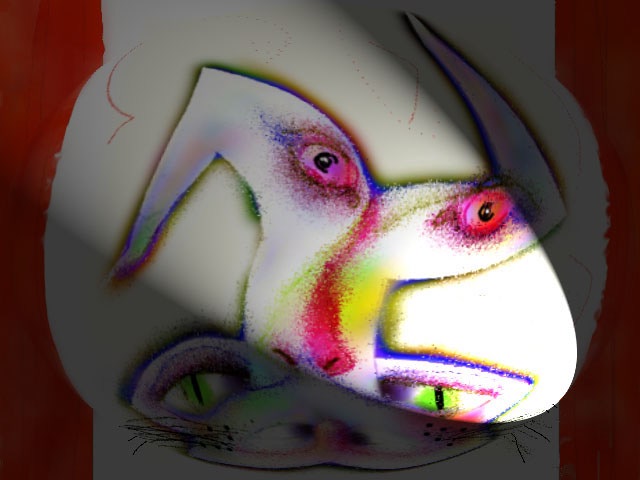Remote Ready Biology Learning Activities has 50 remote-ready activities, which work for either your classroom or remote teaching.
Serendip is an independent site partnering with faculty at multiple colleges and universities around the world. Happy exploring!

| Another Story Behind the Story, by Britt Fremstad | 
|
| It was not my idea to attempt to write a picture book--it was the
suggestion of a friend, Arshiya Bose, who was a classmate of mine in The Story of Evolution and the Evolution of Stories. Initially, Arshiya's
idea appealed to me mainly because it would relieve me from
writing another twelve-page term paper. Not that writing a
children's book would be easy, she warned; but I hardly believed
that. I knew that I wanted this story to be about evolution, but I hardly knew where to begin. It was then that my professor, Anne, added her suggestion: Write the book as a reply to Daniel Dennett's statement that "we need to grow up." Write a book that makes the story of evolution just as magical as the story of God. This sounded like fun. I went to the public library and browsed the children's section for books on evolution. Unsurprisingly, I found very few, especially for children under the age of eight. Those I did find in no way compared to the exotic, colorful creation stories on the next shelf. This bothered me; I don't think we should wait so long to introduce children to the story of evolution. Plus, when we do teach begin teaching it, we all too often explain it in such an uninviting way. Encouraged by the need for a book of this sort, I attempted to make a tale that was both factual and enchanting. The process was more difficult that I had imagined. I quickly learned that simplifying a very complex and ancient story was no easy task. (Not to say that I hadn't been warned about this.) I didn't know where to start: the big bang? Active Inanimate? Bacteria? Monkeys? I chose bacteria, but I was constantly debating with myself about whether the information I was sending was excessive or insufficient. Then, what kind of words could I use to make it relevant to a child's life? I had to remind myself of the cultural differences between college students and children which are arguably more extreme than those between English and biology. Creating metaphors that children can relate to and be affected by was another challenge, but--again--friends came to my assistance. Finally, how would I write this story so that a child of any culture, race, or sex felt that it was written for them? On this account, I know I failed. The pictures are obviously westernized and--more importantly--I called all of our ancestors "great-granddaddies"! I was writing at an all-women's school. I wonder what happened to the women. I still am not so sure that the story will make sense to children and even less certain that it will sound magical. The process was, however, a learning experience for me. Here's the book. I hope you enjoy it.
| ||